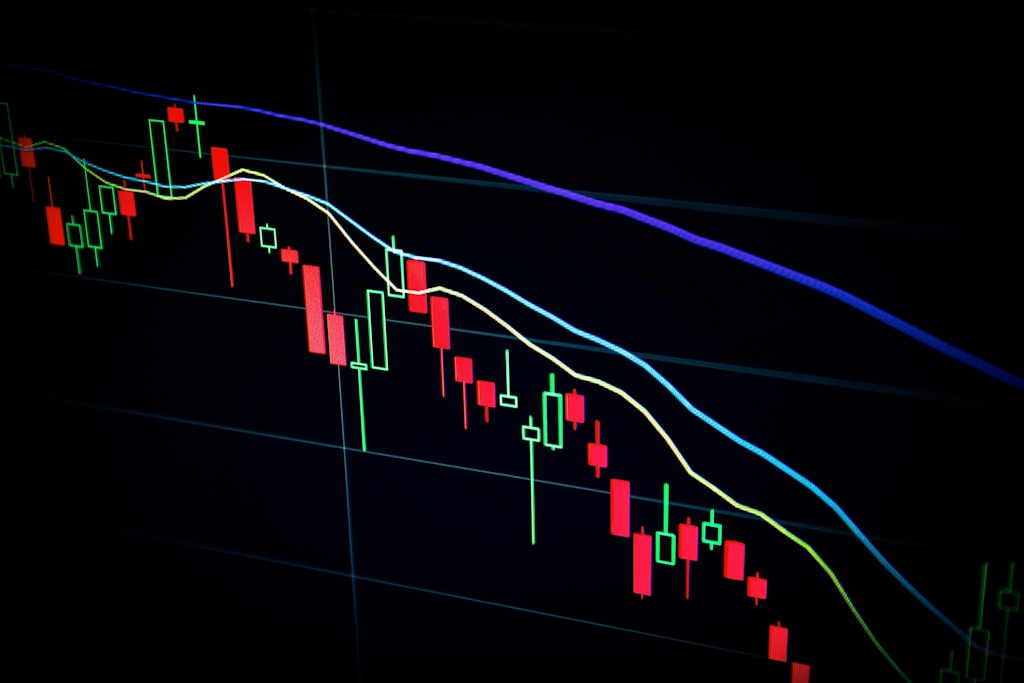Ethereum ETFs have demonstrated remarkable resilience in Q2 2025, marking a significant turnaround with four consecutive weeks of positive inflows totaling $857 million. This surge signals growing institutional confidence in the second-largest cryptocurrency by market cap.
Record-Breaking ETF Performance
According to SoSoValue data, US-based Ethereum ETFs achieved a milestone with 15 straight days of capital inflows, recording $25.22 million on June 6 alone. This performance marks the second-longest positive streak since their July 2024 launch, demonstrating sustained institutional interest in Ethereum exposure.
BlackRock Dominates ETF Inflows
BlackRock’s iShare Ethereum Trust (ETHA) emerged as the frontrunner, capturing $15.86 million in Friday’s inflows. Grayscale’s Ethereum Mini Trust followed with $9.37 million, collectively pushing weekly inflows past $281 million. This performance aligns with Ethereum’s broader market momentum, as the asset shows signs of potential breakout.
Market Impact and Price Analysis
The sustained ETF inflows have contributed to Ethereum’s positive price action, with ETH gaining over 15% in the past 30 days. Currently trading at $2,521, Ethereum has shown resilience despite minor weekly fluctuations (-0.8% over seven days).
FAQ Section
Why are Ethereum ETFs seeing increased inflows?
Institutional investors are showing renewed confidence in Ethereum’s long-term potential, particularly as the crypto market enters a more mature phase in 2025.
How do Ethereum ETF inflows compare to Bitcoin ETFs?
While Ethereum ETFs are experiencing positive momentum, Bitcoin ETFs have seen mixed performance, with recent outflows of $128.81 million in the past week.
What does this mean for Ethereum’s future?
The consistent ETF inflows suggest growing institutional adoption and could potentially support higher price levels for ETH in the coming months.
Looking Ahead
As institutional interest in Ethereum continues to grow, these ETF inflows could signal a broader shift in market sentiment. The sustained positive performance across four weeks indicates that institutional investors are taking longer-term positions in Ethereum, potentially setting the stage for further market appreciation.






